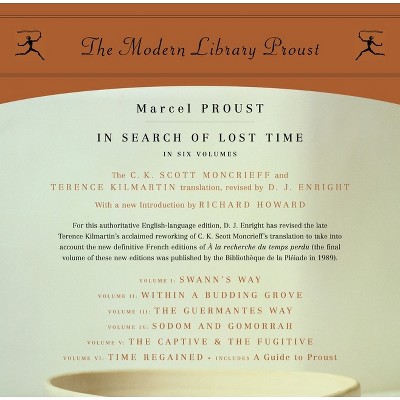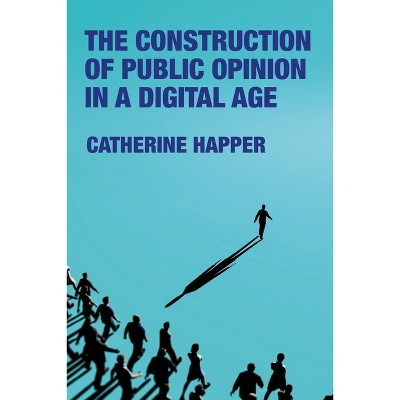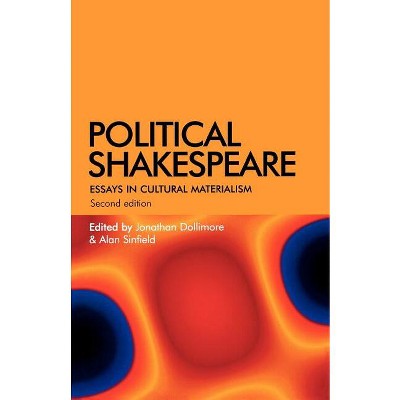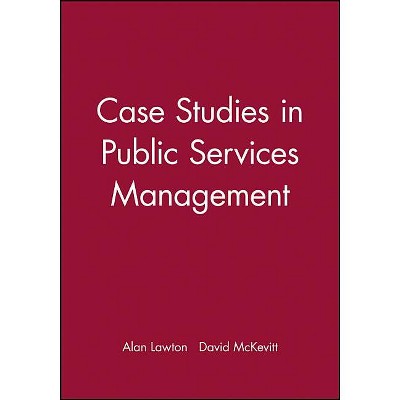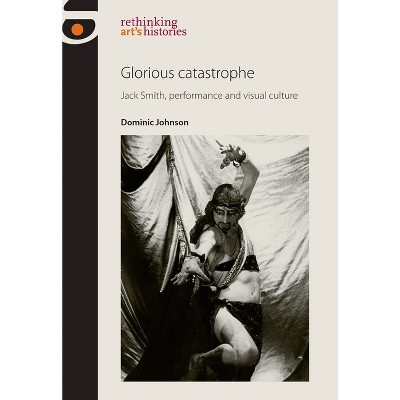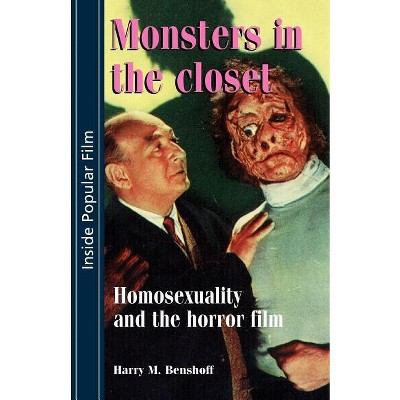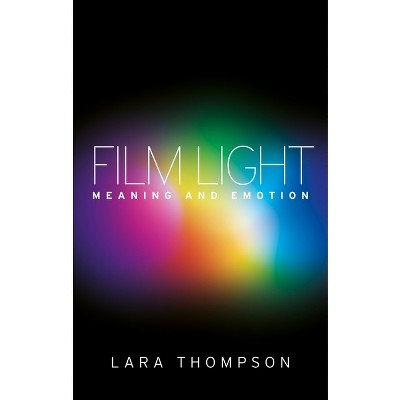Sponsored

Public Information Films - by Alan Harding
In Stock
Sponsored
About this item
Highlights
- In the years after the First World War the British government had to adapt its communication policy to connect with the new mass electorate.
- About the Author: Alan J. Harding is a former Programme Director at the University of Southampton and a Senior Fellow of the Higher Education Academy
- 344 Pages
- Performing Arts, Film
Description
About the Book
The book explores the full catalogue of the films produced by the Empire Marketing Board, General Post Office and Crown Film Units between 1930 and 1952. It identifies themes which both reflect the sponsors' demands and the anxieties of the time as well as providing the foundations for the post-war Public Information Film.Book Synopsis
In the years after the First World War the British government had to adapt its communication policy to connect with the new mass electorate. This book examines the government's own Film Units and their slow development of the Public Information Film. By reviewing the entire film catalogue produced by the Empire Marketing Board, the General Post Office and Crown Film Units, particular themes are identified which not only reflect the demands of the Units' sponsors but also the anxieties and concerns of the 1930s and 1940s. The impact of the films is explored through the contemporary reaction of the audiences to them. By the time the Crown Film Unit was closed in 1952 a style of Public Information Film had been developed and continued into the 1970s.From the Back Cover
Public Information Films were one of the British Government's responses to the communication challenges of a mass electorate. This book explores its somewhat tortuous progress in the 1930s and 1940s by examining the Government's own attempts at filmmaking through the film units of the Empire Marketing Board, the General Post Office and, eventually the Ministry of Information's Crown Film Unit. These Units enabled many who regarded themselves as documentarists to develop their skills and techniques over the course of two decades.
The book takes a unique perspective to the Public Information Film, focusing on the entire film catalogue produced by the Government Film Units from 1930-52 rather than on the personalities, whilst still acknowledging individuals who made significant contributions, such as Grierson and Jennings. By doing so, the book identifies significant themes in the films and considers whether they addressed the demands of their sponsors or reflected more widespread national concerns and anxieties. The impact of these films is further explored by assessing their reception amongst contemporary audiences. Public information films makes a significant contribution to the understanding of Government communication by film and its responses to the issues facing the British public in the 1930s and 1940s, and adds to the national and international debate on the rise of the Documentary Movement.Review Quotes
'There is something about these films that keeps drawing people back every generation or so. Here is a fine addition to the literature on them, both as entry-level summary for novices and required reading for devotees: synthesising previous accounts, surfacing new information and adding insights.'
Journal of British Cinema and Television
About the Author
Alan J. Harding is a former Programme Director at the University of Southampton and a Senior Fellow of the Higher Education AcademyShipping details
Return details
Frequently bought together
Trending Non-Fiction








